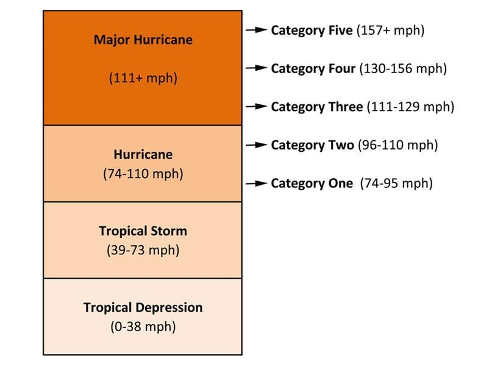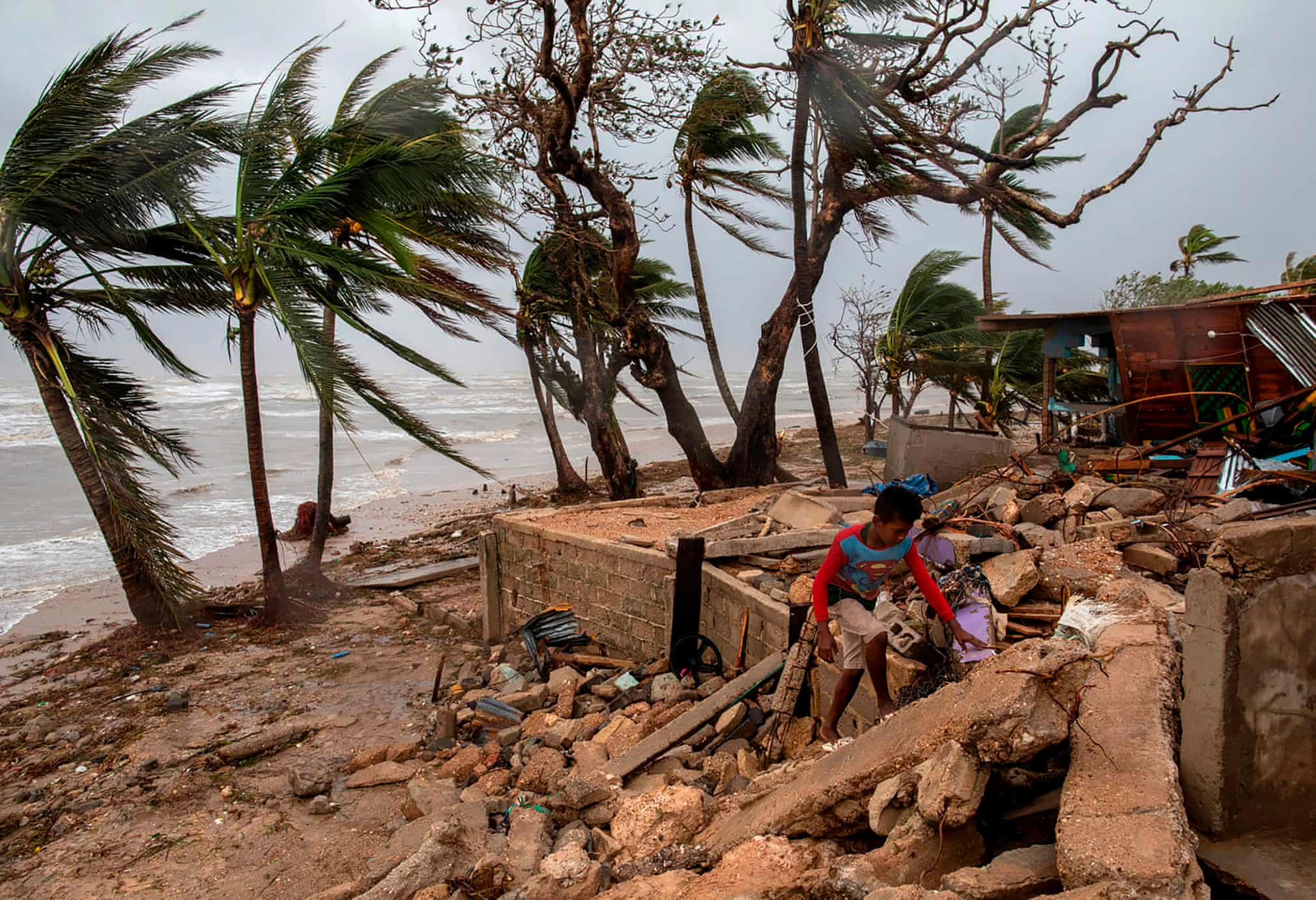Located on the other side of the country, in the West of Nicaragua, Taking Root and the communities we work with escaped the worst of the hurricanes. However, our thoughts and hearts are with all the communities affected. These extreme weather events are a stark reminder that we are seeing the disastrous consequences of climate change play out before our eyes and that often it is vulnerable rural communities which are affected most.
How is Taking Root being affected by the hurricanes?
Taking Root works with farmers and communities situated in the western regions of Nicaragua. As the hurricanes moved across the mainland, their intensity was tempered, reducing the impacts to heavy rainfall. This has created some short term project delays due to the roads being impassable because of high river levels, temporarily delaying farmer visits for annual monitoring, but so far has had little impact beyond this.
What are the impacts of Hurricane Eta and Iota in Nicaragua?
The major impacts have been on the east coast, in northeastern Nicaragua and Honduras. These regions are not newcomers to the fall’s hurricane season, which occurs between June 1 and November 30. However, the severity of these hurricanes were far greater than usual.
Hurricane Iota made landfall in Nicaragua ~45km south of Puerto Cabezas, also known as Bilwi, 25km south of where Eta first came ashore. As it touched down on the coast, Hurricane Iota was generating extraordinary winds of 250km/h, bringing an estimated 700mm of rain over 4 days. Some areas saw a year’s worth of rainfall in the span of two weeks.
As Nicaragua’s deadliest storm ever recorded, the country’s eastern regions have been left with immediate concerns of water and food insecurity. While specific numbers of casualties vary across news sources, homes have been destroyed, thousands of families displaced, and crop yields ruined from an otherwise promising year.
More than 3.6 million people across Central America have been affected to varying degrees, according to the Red Cross. Amongst the concerns are the knock-on consequences from the COVID-19 pandemic, as shelters for storm refugees become extremely crowded, and social distancing becomes impossible.
The immediate priority is to support these communities rebuild. In addition, as a global society, we have to recognize and address the root cause behind many of these extreme events to prevent disasters like this only repeating more frequently in the future. Climate change will continue to bring more extreme weather events such as Eta & Iota, and unless it’s addressed, we will continue to and more regularly witness natural disasters wreak havoc on vulnerable populations.
How does climate change affect hurricanes?
Hurricane Iota was the 30th named storm of this year’s Atlantic hurricane season, setting the record for the latest Category 5 hurricane ever recorded. This isn’t a coincidence. Climate change has a direct correlation with the frequency of extreme weather events (Geophysical Fluid Dynamics Laboratory), making the occurrence of two such large hurricanes as Eta & Iota so close together much more likely.
This isn’t to say that the number of hurricanes per year is increasing, it’s that the number of extreme hurricanes (Category 4, 5) are increasing (Center for Climate and Energy Solutions). Due to a warming climate, it is becoming much easier for hurricanes to generate higher wind speeds, precipitation rates, and accelerate to higher intensities much faster.
There are a number of reasons for this. The first is through warmer ocean surface temperatures. Hurricanes require high humidity and relatively constant winds at different altitudes. As surface ocean temperatures increase, it becomes easier for warm moist air to rise, powering the storm with higher wind speeds.
The second reason is because of warmer air temperatures. Warm air holds more water vapor than cold air, so when high winds emerge, the vapour is circulated and brings increasingly stronger precipitation.
Finally, as the cold subsurface of the ocean warms, hurricanes have less of a braking mechanism to slow them down. Normally, the cold subsurface creates friction against the circulation of warm air, slowing the winds and reducing the intensity. Without this braking mechanism, hurricanes are able to accelerate in intensity much faster.
How do trees protect against hurricanes?
As climate change increases hurricane intensity, risk is increased for smallholder farmers in the tropics, some of the most impacted communities from the effects of climate change. Taking Root’s reforestation efforts in partnership with these farmers not only mitigate the effects of climate change, but they also allow communities to be more resilient to dangers like Hurricane Eta & Iota.
As we know, climate change is caused by the accumulation of Greenhouse Gas Emissions (GHG) in the atmosphere. Carbon, the largest GHG by volume, can be taken out of the atmosphere with trees. Trees sequester carbon out of the air, which then helps mitigate the warming of the atmosphere, decreasing the frequency of extreme weather events.
Additionally, trees provide physical barriers that shelter wind, acting as a braking mechanism, just like the ocean subsurface (NASA). This helps reduce hurricane intensity as it comes inland. Trees also regulate moisture content in the soil, so when heavy rainfall occurs, the chances of crop yields being affected are decreased.
Beyond the environmental impacts of hurricanes, they also bring financial challenges. Hurricanes frequently impact populations already experiencing extreme financial insecurity, which make the events really hard to recover from. One of the primary reasons Taking Root plants trees with smallholder farmers is to help build financial resilience through payments for direct ecosystem services and high value forest products. So, in addition to mitigating the impacts of events, trees also aid in building community resilience.
Hurricane Eta & Iota are grim reminders that we need to increase our efforts to mitigate global warming. Trees are one of the ways in which we can do that. While we increase our efforts to address the root cause, we can also support the families and communities that are needing immediate support from the hurricanes. Here are several ways that you can support those affected by Hurricanes Eta & Iota:
- Donate to The International Red Cross to help them coordinate its humanitarian response with regional authorities to provide aid like food, water, and shelter, to those affected by the hurricanes.
- Donate to World Vision to help them provide relief on the ground and much-needed supplies, including food, clean water, mattresses, and blankets.
- Donate to ANF’s Hurricane Relief Fund to help them provide emergency aid, including first aid kits, food, water filters, and agricultural support to Nicaraguans who lost their livelihoods in the aftermath of the hurricanes.
[:]

